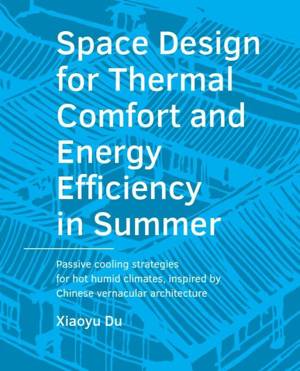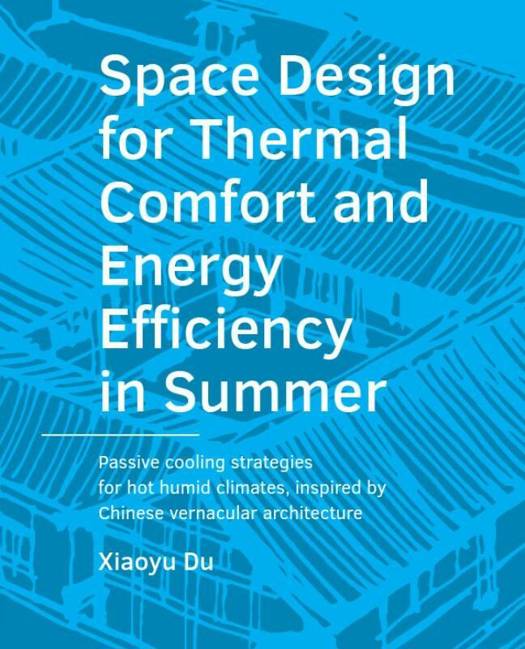
- Afhalen na 1 uur in een winkel met voorraad
- Gratis thuislevering in België vanaf € 30
- Ruim aanbod met 7 miljoen producten
- Afhalen na 1 uur in een winkel met voorraad
- Gratis thuislevering in België vanaf € 30
- Ruim aanbod met 7 miljoen producten
Zoeken
Space Design for Thermal Comfort and Energy Efficiency in Summer
Passive cooling strategies for hot humid climates, inspired by Chinese vernacular architecture
Xiaoyu Du
€ 29,95
+ 59 punten
Omschrijving
Space is the empty part of the building, but its volume is important for the activities of occupants. Architects define the general spatial structures of buildings mainly in the early design stages, and the spatial properties, the connection of the spaces and the boundary conditions of them are significant for the building function and performance. This research first clarified the relationship between spatial configuration of buildings, thermal environment and thermal comfort of occupants in summer. The author got the inspiration from Chinese vernacular architecture. The concept of “building microclimate” was defined and the revelation of the relationship between spatial perception and adaptive thermal comfort was clarified. Secondly, the potential of using spatial indicators to predict the airflow performance of buildings was found. The new application of the extended space syntax method is proposed to help architects and designers in the early design stages in designing a modern building that is thermally more comfortable and that has a lower energy demand. This research has some innovative findings in the interdiscipline of architectural spatial design, passive cooling and thermal comfort. It will enrich the green building science by introducing the theory and the applications for adaptive thermal comfort, principles of passive cooling by means of spatial design.
Specificaties
Betrokkenen
- Auteur(s):
- Uitgeverij:
Inhoud
- Aantal bladzijden:
- 320
- Taal:
- Engels
- Reeks:
Eigenschappen
- Productcode (EAN):
- 9789463662185
- Verschijningsdatum:
- 25/11/2019
- Uitvoering:
- Paperback
- Afmetingen:
- 190 mm x 235 mm
- Gewicht:
- 735 g

Alleen bij Standaard Boekhandel
+ 59 punten op je klantenkaart van Standaard Boekhandel
Beoordelingen
We publiceren alleen reviews die voldoen aan de voorwaarden voor reviews. Bekijk onze voorwaarden voor reviews.











